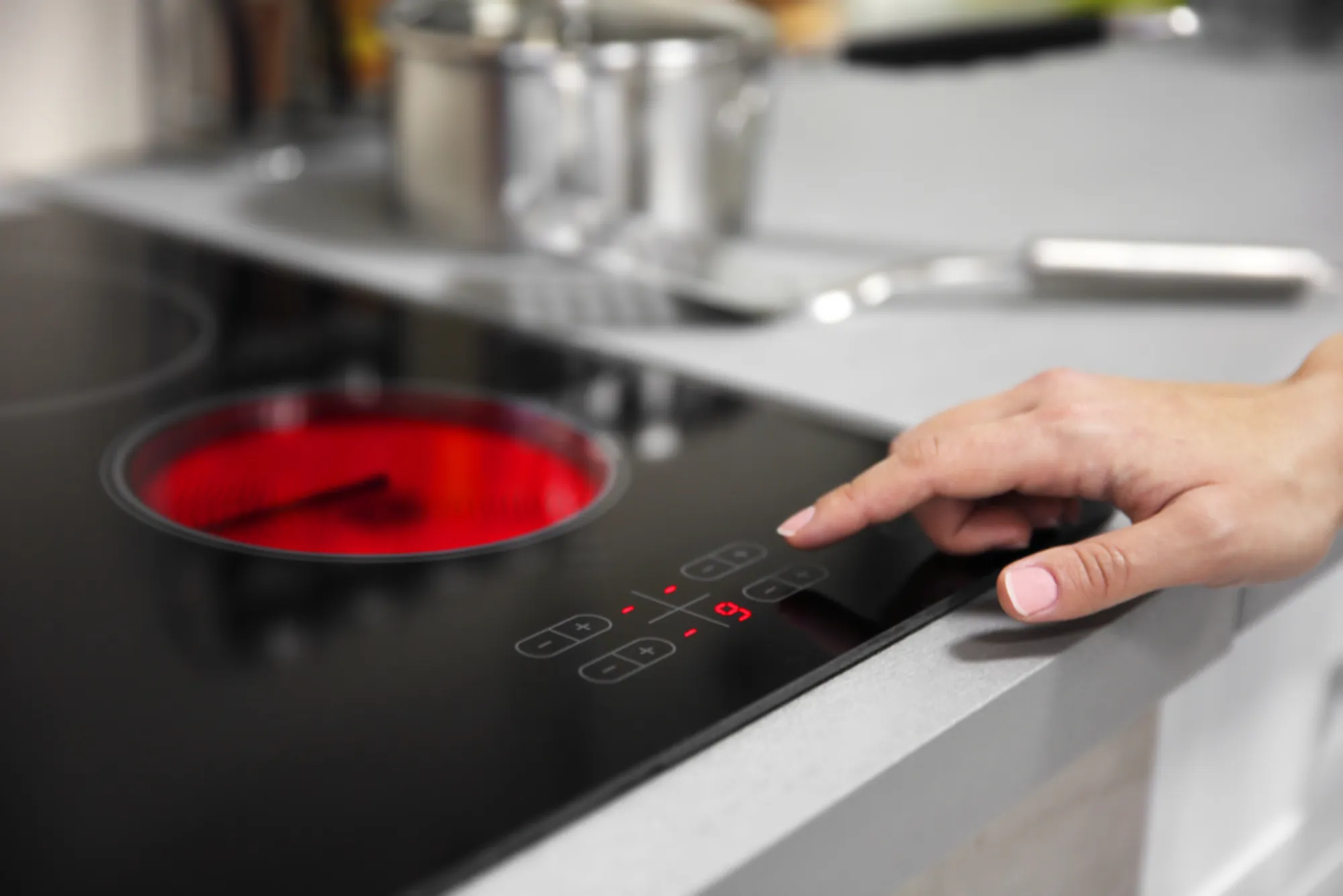Learn the Art of DIY Skincare Create Personalized Beauty Products at Home
Discover the step-by-step process of How to Make Your Own Skincare products at home. From selecting ingredients to crafting personalized formulations, this guide empowers you to create skincare tailored to your skin type and preferences.
In today’s world, where the beauty industry is flooded with products containing a plethora of chemicals, many individuals are turning to a more natural and personalized approach by making their own skincare products at home.
DIY skincare not only allows you to customize products according to your skin’s specific needs but also ensures that you know exactly what ingredients are going onto your skin. Let’s delve into the world of DIY skincare and learn how you can create your own nourishing and effective products.
Introduction to DIY Skincare
DIY skincare involves creating beauty products using natural ingredients that are readily available in your kitchen or local health store. From facial cleansers to body lotions, the possibilities are endless when it comes to concocting your own skincare potions.
Benefits of Making Your Own Skincare Products
Personalized Ingredients
One of the primary advantages of DIY skincare is the ability to tailor ingredients to suit your skin type and address specific concerns. Whether you have dry, oily, or sensitive skin, you can choose ingredients that work best for you.
Cost Savings
Creating your own skincare products can also save you a significant amount of money in the long run. Many commercial products come with hefty price tags due to branding and marketing costs, whereas DIY alternatives often use inexpensive, natural ingredients.
Avoiding Harmful Chemicals
By making your own skincare products, you can avoid potentially harmful chemicals such as parabens, sulfates, and artificial fragrances that are commonly found in commercial products. This allows you to prioritize your skin’s health and well-being.
Essential Ingredients for DIY Skincare
Before diving into DIY skincare, it’s essential to familiarize yourself with some key ingredients that form the foundation of many homemade recipes:
Carrier Oils
Carrier oils, such as coconut oil, jojoba oil, and almond oil, serve as the base of many skincare products. They provide hydration and nourishment to the skin without clogging pores.
Essential Oils
Essential oils, such as lavender, tea tree, and rosehip, offer various therapeutic benefits and add fragrance to skincare products. However, they should be used sparingly due to their potent nature.
Natural Butters
Shea butter, cocoa butter, and mango butter are rich in vitamins and fatty acids, making them excellent moisturizers for dry and sensitive skin.
Herbs and Botanicals
Herbs like chamomile, calendula, and lavender, along with botanical extracts, provide additional skincare benefits such as soothing irritation and promoting skin healing.
Tools and Equipment Needed
To start making your own skincare products, you’ll need a few basic tools and equipment:
- Mixing Bowls
- Measuring Spoons and Cups
- Whisks and Spatulas
- Containers for Storage
These items can be found in most kitchen supply stores or online retailers specializing in DIY beauty products.
Basic Recipes for Homemade Skincare
Now that you’re familiar with essential ingredients and tools, let’s explore some basic recipes for creating your own skincare products:
Facial Cleanser
Ingredients:
- 2 tbsp of coconut oil
- 1 tbsp of honey
- 1 tsp of jojoba oil
- 5 drops of lavender essential oil
Instructions:
- Melt coconut oil in a microwave-safe bowl.
- Stir in honey, jojoba oil, and lavender essential oil.
- Allow the mixture to cool and solidify before using it as a facial cleanser.
Moisturizer
Ingredients:
- 1/4 cup of shea butter
- 2 tbsp of almond oil
- 1 tbsp of beeswax
- 10 drops of frankincense essential oil
Instructions:
- Melt shea butter, almond oil, and beeswax in a double boiler.
- Remove from heat and stir in frankincense essential oil.
- Pour the mixture into a clean container and let it cool to solidify.
Body Scrub
Ingredients:
- 1/2 cup of brown sugar
- 1/4 cup of coconut oil
- 10 drops of peppermint essential oil
Instructions:
- Mix brown sugar and coconut oil in a bowl until well combined.
- Add peppermint essential oil and stir until evenly distributed.
- Transfer the scrub into a jar for storage.
Lip Balm
Ingredients:
- 1 tbsp of beeswax
- 1 tbsp of coconut oil
- 1 tbsp of shea butter
- 5 drops of peppermint essential oil
Instructions:
- Melt beeswax, coconut oil, and shea butter in a double boiler.
- Remove from heat and stir in peppermint essential oil.
- Pour the mixture into lip balm tubes and let it cool before use.
Finding the Perfect Beauty Plus Near Me
Looking for a beauty plus near me can lead you to a plethora of options in your local area. Whether you’re in need of a hair salon, spa, or beauty supply store, searching for “beauty plus near me” can help you discover nearby establishments that offer a wide range of beauty services and products.
From skincare treatments to hair styling, these beauty pluses cater to individuals looking to enhance their appearance and indulge in self-care. By utilizing this exact keyword, you can optimize your search results and find the perfect beauty destination conveniently located near you.
Step-by-Step Guide to Making Your Own Skincare Products
Research and Plan
Before starting any DIY skincare project, take the time to research ingredients, recipes, and safety precautions. Create a list of ingredients you’ll need and gather necessary tools and equipment.
Gather Ingredients and Tools
Once you’ve finalized your recipes, gather all the ingredients and tools required for the project. Ensure that everything is clean and sanitized before beginning.
Follow Recipes Carefully
When making skincare products, it’s crucial to follow recipes carefully, especially when it comes to measuring ingredients and following specific instructions for mixing and heating.
Store Properly
After making your skincare products, store them in airtight containers in a cool, dark place to preserve their freshness and efficacy. Be sure to label each product with its ingredients and expiration date.
Tips for Customizing Your Skincare Products
Tailoring to Skin Type
Experiment with different ingredients and proportions to create skincare products that are tailored to your skin’s unique needs. Whether you have oily, dry, or combination skin, there’s a DIY solution for you.
Adjusting Scent and Texture
Don’t be afraid to get creative with scent combinations and textures when making your skincare products. Add a few drops of your favorite essential oils for a personalized fragrance, or adjust the consistency by varying the ratio of ingredients.
Safety Precautions and Best Practices
Patch Testing
Before using any new skincare product, perform a patch test on a small area of skin to check for allergic reactions or sensitivities. This is especially important when using essential oils or potent ingredients.
Sterilizing Equipment
To prevent contamination and ensure product safety, sterilize all equipment and containers before and after each use. This helps prevent the growth of bacteria and extends the shelf life of your skincare products.
Labeling Products
Properly label each skincare product with a list of ingredients, usage instructions, and expiration date. This not only helps you keep track of what you’ve made but also ensures that others can use the products safely.
Unlocking Insights Beautyplus Salon Reviews
When seeking insights into a beautyplus salon, reviews can be invaluable. By searching for beautyplus salon reviews you can access firsthand experiences and opinions from customers who have visited these establishments. Reading beautyplus salon reviews allows you to gauge the quality of services offered, the expertise of the staff, and the overall ambiance of the salon.
Whether you’re looking for feedback on haircuts, hair color, skincare treatments, or other beauty services, these reviews provide valuable insights to help you make informed decisions. By utilizing this exact keyword, you can optimize your search and find reliable information to guide your salon selection process.
Sustainability and Eco-Friendly Practices
In addition to promoting healthy skin, DIY skincare can also be eco-friendly and sustainable:
Using Organic and Ethically Sourced Ingredients
Opt for organic and ethically sourced ingredients whenever possible to minimize environmental impact and support responsible farming practices.
Minimizing Packaging Waste
Reduce waste by choosing reusable or recyclable packaging options for your homemade skincare products. Consider using glass jars or aluminum tins instead of plastic containers.
Embarking on the journey of making your own skincare products can be both rewarding and empowering. By harnessing the power of natural ingredients and personalized formulations, you can create skincare products that nourish your skin while minimizing your environmental footprint. Whether you’re a seasoned DIY enthusiast or a novice just starting out, experimenting with homemade skincare is sure to inspire creativity and self-care.

















